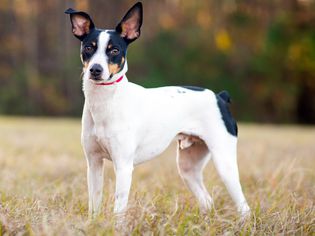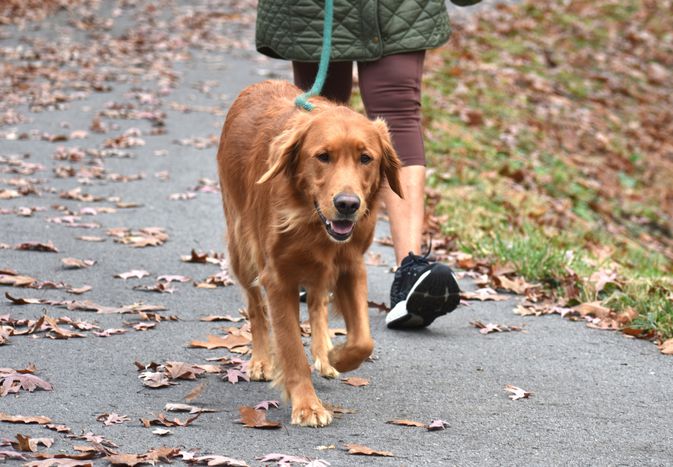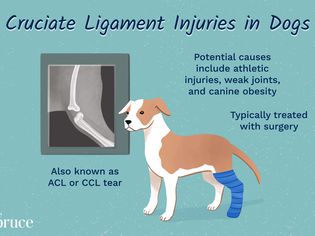Do you think your dog may be pregnant? What should you expect while your dog is pregnant? Here are some answers to commonly asked questions about the stages of a dog's pregnancy, also called gestation.
How Long Is a Dog's Pregnancy?
Pregnancy in dogs typically lasts 63 days (about nine weeks). The duration of a dog's pregnancy can fall anywhere from 57 to 65 days.
Though estrus (heat cycles) can vary from breed to breed, the normal gestation period falls within the same range for all dogs, regardless of breed.
What Are the Signs of Pregnancy in Dogs?
- Most dogs will show no signs of pregnancy for the first several weeks. It will be difficult to determine if your dog is pregnant early on. Signs typically appear in the second trimester (about three weeks into the pregnancy).
- Abdominal palpation around 30 days into the pregnancy. As the pregnant dog comes closer to full term, you might even notice the pups moving in her abdomen.
NOTE: Signs of pregnancy may differ from dog to dog (and even between pregnancies in the same dog). Be sure to involve your veterinarian along the way. Contact your vet if you have any concerns about the signs your dog is showing.
How Will I Know If My Dog Is Pregnant?
If you suspect that your dog could be pregnant, you should contact your veterinarian's office to schedule an appointment. Plan to visit the vet about three weeks after the suspected day of conception. At that time, your vet may perform an ultrasound or take X-rays, depending on which technology is available (ultrasound is the preferred method in the early stage).
Your veterinarian may also want to check blood levels for the presence of relaxin, a hormone that is only present in pregnant dogs. This test should be done between days 21-25 of suspected pregnancy. Later, around day 45, your vet may recommend x-rays so they can count the number of puppies before she gives birth.
What Does My Pregnant Dog Need?
There are a few changes you will need to make in order to take care of a pregnant dog. The expectant mother will need a source of nutrition that supports growth. You will also need to visit the vet a few times to monitor your dog's health. Exercise should be adjusted to make sure the pregnant dog is not overexerting herself, but also not becoming sedentary.
How Do I Help My Dog Give Birth?
Fortunately, most dogs can go through labor and delivery (whelping) of healthy puppies with little or no interference from humans. Instincts guide the mother dog, but you may be able to help keep her and the puppies safe and comfortable. Gather some basic supplies and have them ready before the big day. When your dog goes into labor, simply watch and wait. You may or may not need to step in and help your dog and her puppies. Your veterinarian or an experienced dog breeder can offer advice and support in case of complications.
What If the Pregnancy Was an Accident?
If you are not prepared, it can be a lot of work to take care of a pregnant dog and prepare for the birth of the puppies. It also takes time and dedication to help raise the puppies. You may not be ready for these challenges. The truth is, there is a problem with canine over-population. Animal shelters euthanize healthy dogs every day. If your litter is not wanted, please consider spaying your pregnant dog (and thus terminating the pregnancy). This can be done safely and humanely, but it's best and safest to do early on in the pregnancy. Talk to your vet if you need help making the right decision for you and your dog.








